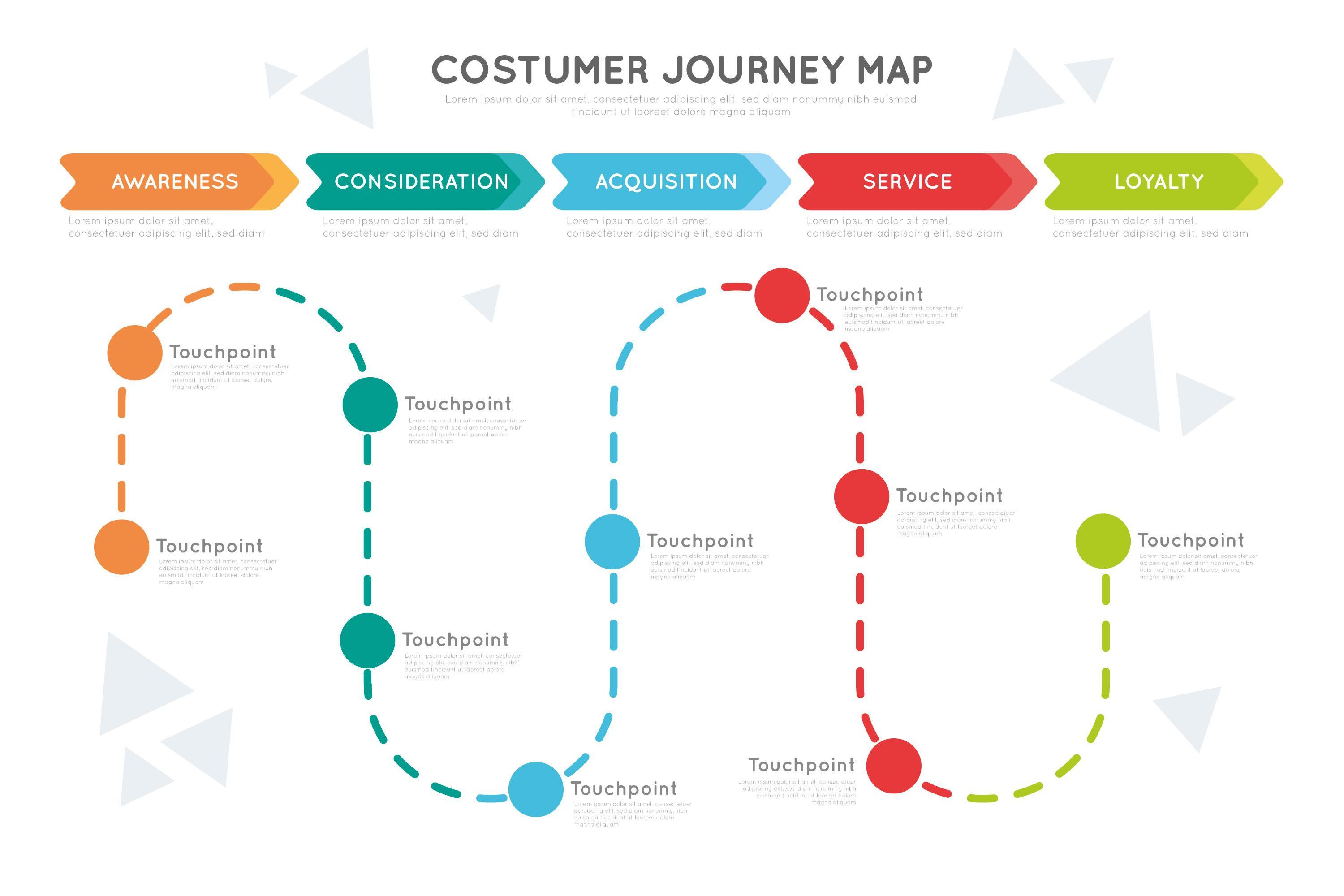When I started building brands, I used to measure success by how good something looked. If the logo was beautiful and the website felt cohesive, I thought the job was done. But over time, I realized that design alone doesn’t define success. It’s how people feel and respond that truly matters.
Why Measuring Brand Performance Matters
For me, measurement is about clarity. It helps me understand what’s working and what isn’t. Every design choice, campaign, and story contributes to how people perceive the brand, and tracking those outcomes helps me stay aligned with my long-term goals.
When I analyze a brand, I look at both tangible results (like engagement, conversions, or reach) and intangible outcomes (like trust, recall, or emotional connection). Both matter equally because they show how the brand is growing in people’s minds and hearts.
In earlier stages, when I worked on projects like Digital Branding Strategies, I learned that numbers alone never tell the full story. Sometimes, a smaller campaign that feels personal can build deeper loyalty than a viral one. That’s the kind of success I try to measure, meaningful, not just measurable.
My Key Branding KPIs
1. Brand Awareness
This is how many people know the brand exists. I track social reach, impressions, and search visibility. But awareness alone isn’t enough; I also analyze how well people remember and recognize the brand’s visuals and voice. This connects deeply with the ideas I discussed in The Psychology of Brand Identity, because awareness is built through consistent design and emotional cues.
2. Brand Recall and Recognition
If someone sees your color palette or tone and instantly knows it’s you, that’s strong brand recall. I track mentions, direct searches, and customer surveys to see how easily people recognize a brand. It’s the best sign that your identity is working, something I go deeper into in Building a Visual Brand Identity.
3. Engagement and Sentiment
Engagement tells me whether people are connecting emotionally. I study comments, shares, reactions, and even the tone of audience responses. Positive engagement means the brand is inspiring conversation, not just attention. I also look at brand sentiment using analytics tools to understand whether people associate the brand with trust, excitement, or satisfaction.
4. Conversion and Loyalty
The ultimate test of brand success is how well it converts interest into action. Whether it’s purchases, sign-ups, or community participation, conversion tells me if my storytelling and positioning are effective. But what really defines long-term success is loyalty, the willingness of people to return, recommend, and advocate for your brand. I discuss how I build and track loyalty in Building Brand Loyalty and Trust, where emotional consistency plays a central role.

Tools I Use to Track Performance
- Google Analytics to monitor website engagement and behavior.
- Social media analytics for audience sentiment and reach.
- Brand monitoring tools like Mention or Brandwatch to track mentions and public perception.
- Customer feedback forms and surveys to get real-world opinions.
But honestly, one of the most valuable tools is conversation. Talking directly to customers often reveals insights that no dashboard ever could. I also review the design and content alignment regularly to ensure that what I create still reflects the brand’s true voice, something I connect back to Creative Storytelling for Brands, where emotional narratives drive long-term engagement.
How I Analyze and Improve Branding Performance
Once I have data, I don’t just look at it; I interpret it. Data without context is just numbers, but when I combine analytics with empathy, I find patterns that lead to better creative decisions. I usually follow three steps when refining brand performance:
- Identify trends in user behavior and emotional responses.
- Test small changes in visuals, tone, or campaigns.
- Monitor the results and repeat what works.
For example, if engagement drops after a redesign, I don’t assume the visuals failed. I check whether the new tone aligns with audience expectations. Sometimes, it’s not the design but the message that needs adjusting. This iterative process reminds me of how I use creativity and structure together in Design Thinking in Branding, where every improvement comes from learning and testing.
Balancing Creativity and Data
For a long time, I believed that creativity and analytics lived in separate worlds. Now, I see that they complete each other. Data helps me understand people’s actions, while creativity helps me understand their emotions. I use data not to limit creativity but to guide it. If I notice a drop in engagement, it pushes me to rethink the story or design instead of guessing what went wrong. This balance helps me stay authentic and strategic, something I discuss more in The Role of Creativity in Modern Branding, where I explain how emotional intelligence and artistic thinking enhance measurable results.
Interesting Read
Building Brand Loyalty and Trust: How I Turn Customers into True Brand Advocates
Digital Branding Strategies for 2025: How I Build a Brand That Thrives Online
Branding and Creativity: How I Build a Unique and Memorable Brand
12 Best WooCommerce Plugins For Google Product Feed & Boost Your Sales in 2025



